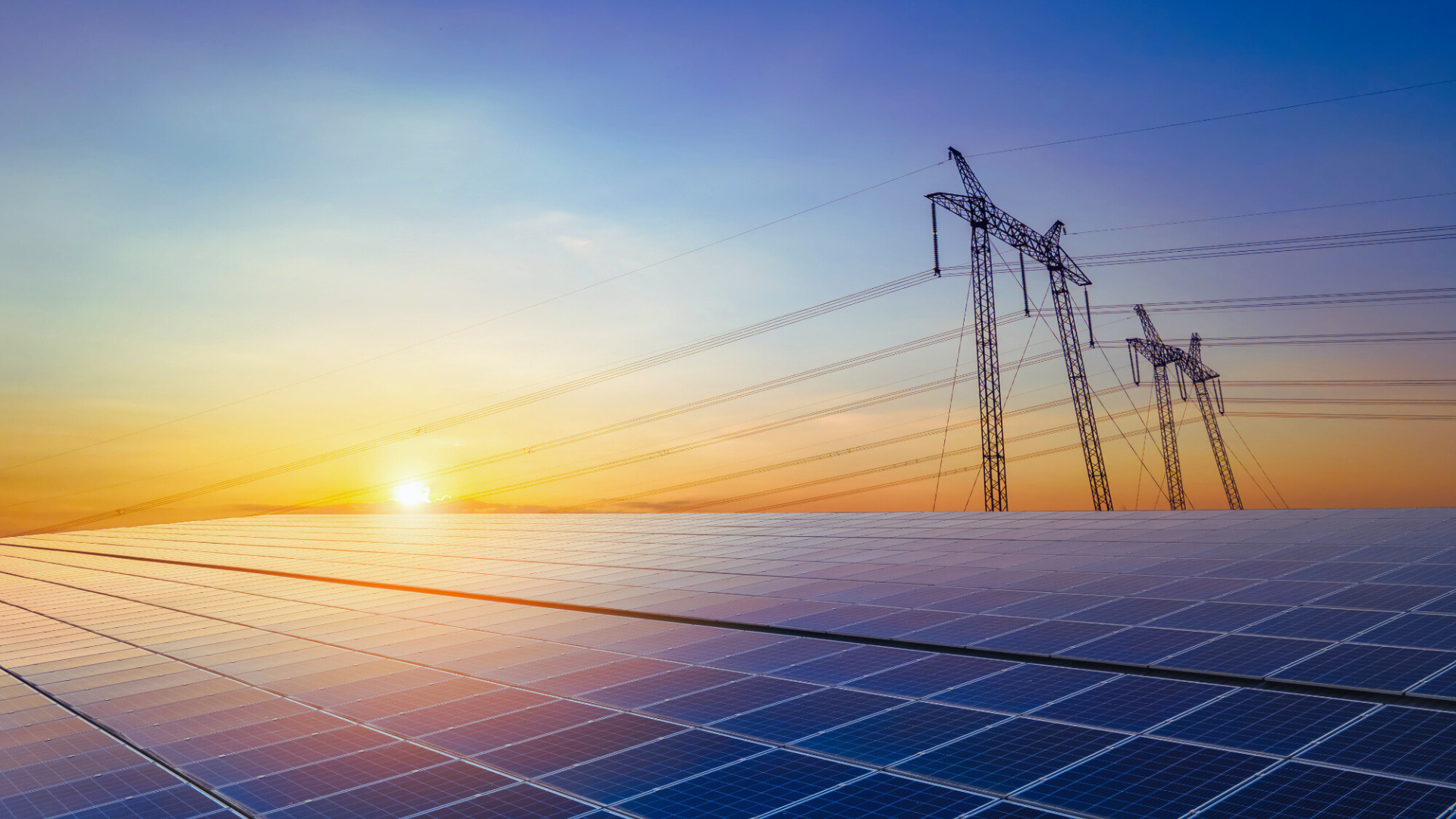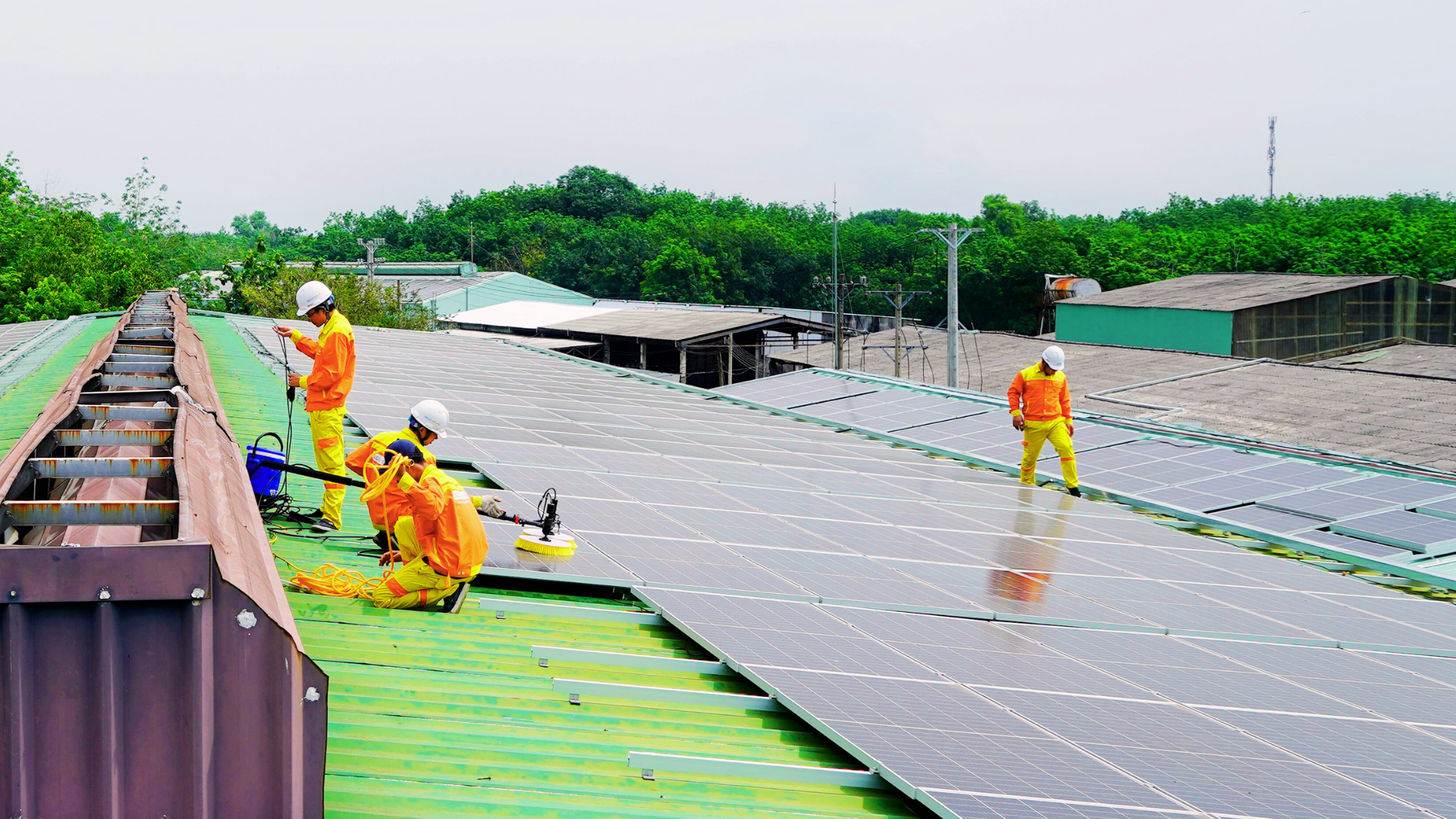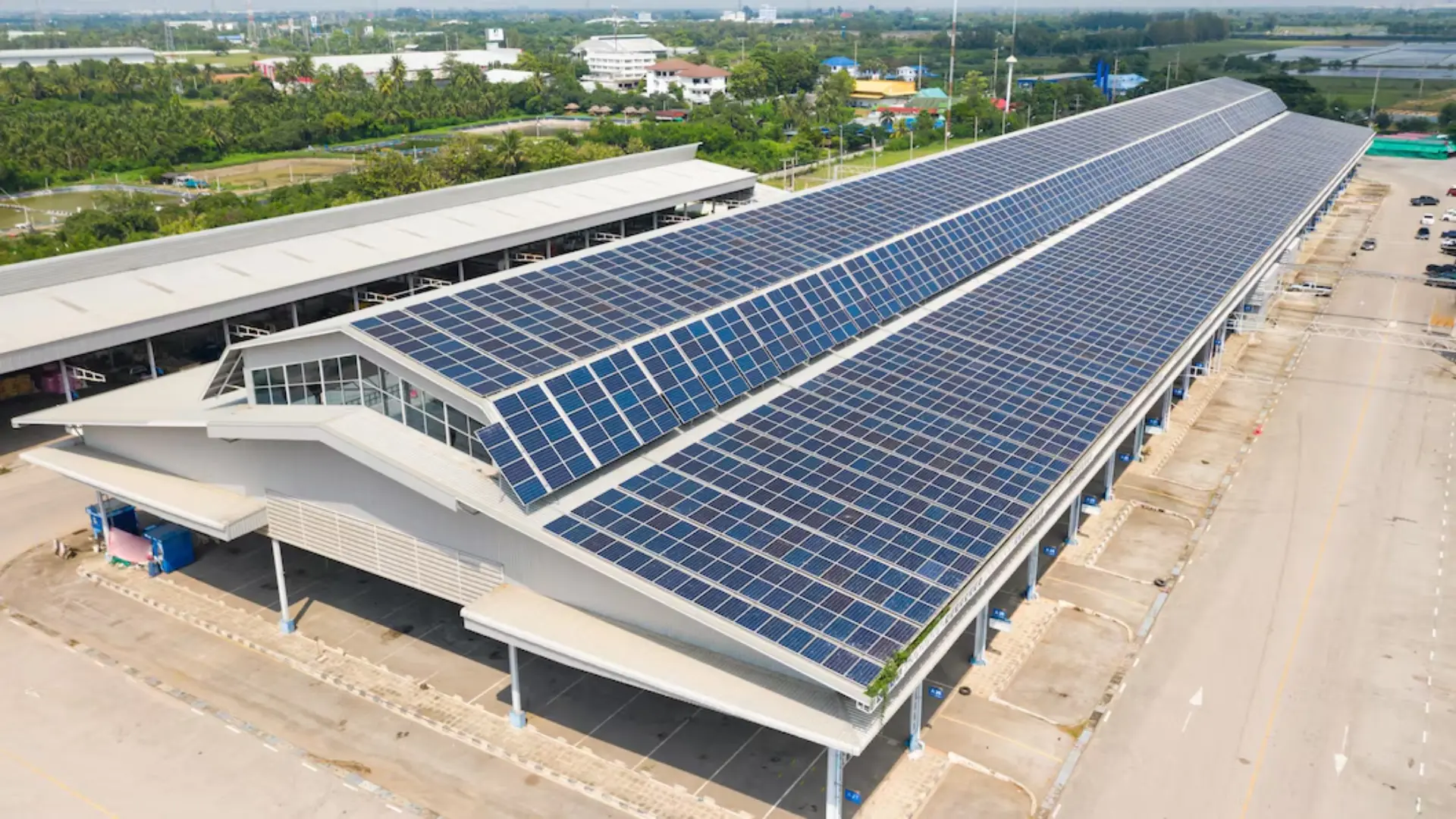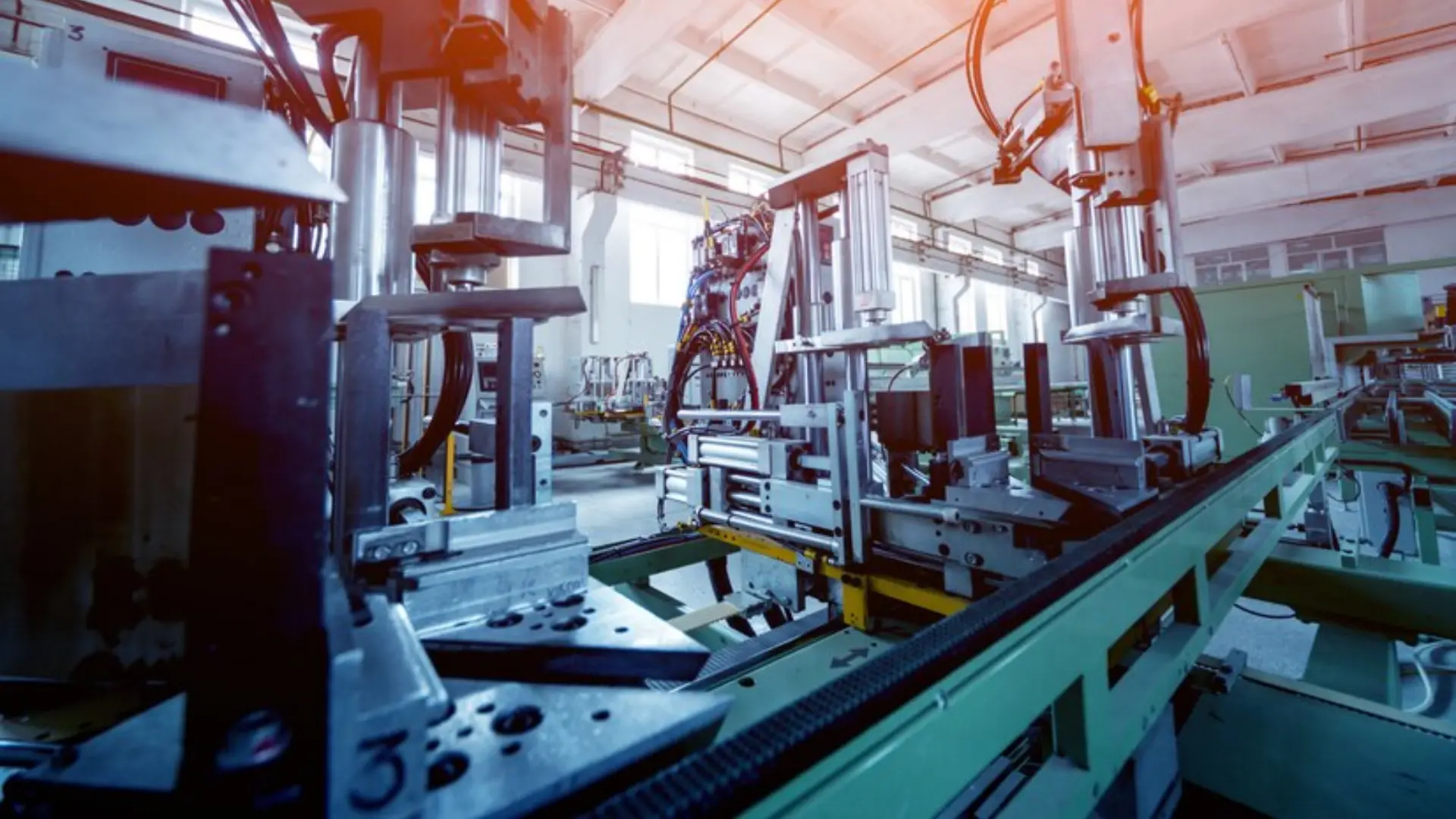Investing in solar panels for your home is a smart move — both financially and environmentally. But before you start your rooftop solar journey and install a system, it’s crucial to understand some common mistakes that buyers often make. Overlooking these pitfalls can lead to higher costs, inefficiencies, and even safety risks. Let’s explore six key mistakes to avoid when investing in solar power in India.
1. Underestimating the Actual Level of Energy Consumption
When planning a solar installation, many homeowners miscalculate their energy requirements. This often results in choosing a solar system that’s either too small to meet their household’s needs or unnecessarily large, increasing costs without added value.
Reasons Behind This Miscalculation of Energy Needs
- People often forget to factor in future energy requirements like electric vehicles, additional air conditioning units, or home expansions.
- Seasonal changes also impact power consumption. For example, summer months may see a higher use of cooling devices, while winter could bring higher water heater usage.
- Inaccurate estimation of standby power loads from appliances like refrigerators, internet routers, and security systems that run 24/7.
- Changes in family size or lifestyle shifts, such as remote work setups requiring additional power for devices.
- Failure to account for power-hungry appliances like washing machines, ovens, or geysers when calculating energy requirements.
Start by analysing your monthly electricity bills from the past year. Track patterns and account for potential lifestyle upgrades. For instance, if you’re planning to switch to an electric car in the next two years, ensure your rooftop solar power system can handle that additional load.
2. Only Looking at the ROI and Ignoring Other Benefits During Solar Panel Installation
Focusing only on Return on Investment (ROI) is a common mistake that limits homeowners from seeing the bigger picture. While calculating ROI is important, solar panels offer a range of additional benefits that enhance the overall value of your investment.
Incentives Beyond the Return on Investment
- Energy independence: A properly sized solar power setup can reduce your reliance on grid power, providing backup during outages.
- Environmental impact: Solar power significantly reduces your carbon footprint.
- Government incentives: Indian state and central governments offer various solar rebates and incentives that make installation more affordable.
- Increased property value: Homes with solar panel installations often see higher resale value, making it a sound long-term investment.
- Protection against rising electricity costs: With energy prices on the rise, solar power helps lock in predictable electricity expenses, safeguarding you from unpredictable tariff hikes.
3. Not Planning for Roof Replacement Before the Installation
One major oversight is failing to check the condition of the roof before installing solar panels. Since solar panel systems are designed to last for 20-25 years, an ageing or damaged roof may require repairs or replacement midway through the panel’s lifespan, stacking up avoidable costs.
Why is This Important?
- Installing solar panels before necessary roof repairs could mean dismantling the panels later.
- Inadequate roof inspections can also overlook issues like leaks, weak structures, or poor water drainage.
- The roof’s load-bearing capacity must be assessed to ensure the structure can support the added weight of solar panels.
- Older roofs may require improved waterproofing solutions to prevent leakage under the solar panels.
- An ageing roof may have outdated insulation, which could reduce your home’s energy efficiency despite solar energy production.
Before installing solar panels, have a professional inspect your roof. If your roof is over 15 years old, consider replacing it first to save costs down the line.
4. Not Researching Solar Loan Options
Financing your solar power system without exploring all available options can lead to higher costs or missing out on tailored benefits designed to ease your investment burden.
Types of Solar Financing in India
- Solar installation loan: Tailored for homeowners investing in solar power systems, often with especially convenient repayment terms
- Rooftop solar financing: Designed for solar projects, specifically for residential rooftops
- Personal loans for solar panels: An option for those seeking quick financing without property evaluation processes
- Home improvement loans for solar installation: Some lenders offer home improvement loans that can be extended to cover solar panel installation costs
- Solar leasing programs: In some regions, homeowners can opt to lease solar panels instead of purchasing them outright. This reduces upfront costs while still offering energy savings
- Power Purchase Agreements (PPAs) – Under a PPA, a third-party company installs and maintains the solar system on your property, and you pay for the energy produced — often at a lower rate than traditional electricity tariffs
5. Overlooking Required Permits and Inspections
Failing to secure the required permits or neglecting necessary inspections can delay your solar installation or result in legal issues down the line. While the paperwork may seem daunting, it’s vital to ensure everything is compliant with local guidelines.
Common Oversights Include
- Ignoring state-specific solar regulations
- Failing to obtain net metering approvals for selling excess power back to the state electricity board power grid
- Overlooking electrical safety inspections post-installation
Work with a certified solar installer who understands local regulations and can manage the paperwork on your behalf.
6. Choosing the Wrong Solar Panel Type for Your Current and Future Energy Needs
Choosing the wrong type of solar panel can result in inefficiencies, poor performance, or higher-than-necessary costs. Each solar panel type and the photovoltaic cells used in them offer distinct advantages.
Key Considerations
- Monocrystalline panels: Ideal for smaller roof spaces due to higher efficiency, but they come at a higher cost
- Polycrystalline panels: More affordable but require more space to produce the same amount of energy
- Thin-film panels: Lightweight and flexible, making them suitable for unconventional roof types, but they may have lower efficiency
Assess your roof space, budget, and energy needs carefully before selecting the most suitable solar panel type.
Conclusion
Avoiding these common mistakes can save you time, money, and hassle while ensuring your solar investment for renewable energy pays off in the long run. Take the time to assess your energy needs, explore financing options, and plan your solar power system installation thoughtfully.
If you’re exploring financing solutions for your solar panel installation, Electronica Finance Ltd. offers flexible and tailored solar financing solutions to help you get started.
Turn your investment into long-term savings! Apply now via the EFL Clik App.
FAQs
1. What is the biggest drawback of solar panels?
One of the drawbacks of solar power systems is their reliance on sunlight. Solar panels generate less energy on cloudy days, during heavy rain, or in regions that experience prolonged monsoons. To counter this, homeowners may need to invest in solar battery storage systems to ensure a consistent power supply during low sunlight conditions.
2. What is the downside of solar panels on a house?
Solar installations require adequate roof space, and larger systems may require structural reinforcements to ensure stability. Additionally, improper installations can lead to roof damage or leaks, which may result in costly repairs.
Another consideration is maintenance — solar panels require occasional cleaning to remove dust, debris, and bird droppings that can impact efficiency. While maintenance is relatively minimal, homeowners must factor this into their long-term planning to ensure optimal performance.
3. What is the 20% rule for solar panels?
The 20% rule refers to ensuring that your home’s electrical panel can handle at least 20% more energy than your expected solar output. This prevents overloading, ensures safer energy distribution, and complies with electrical standards for solar installations. Upgrading your electrical panel may be necessary if your current setup lacks this capacity.




